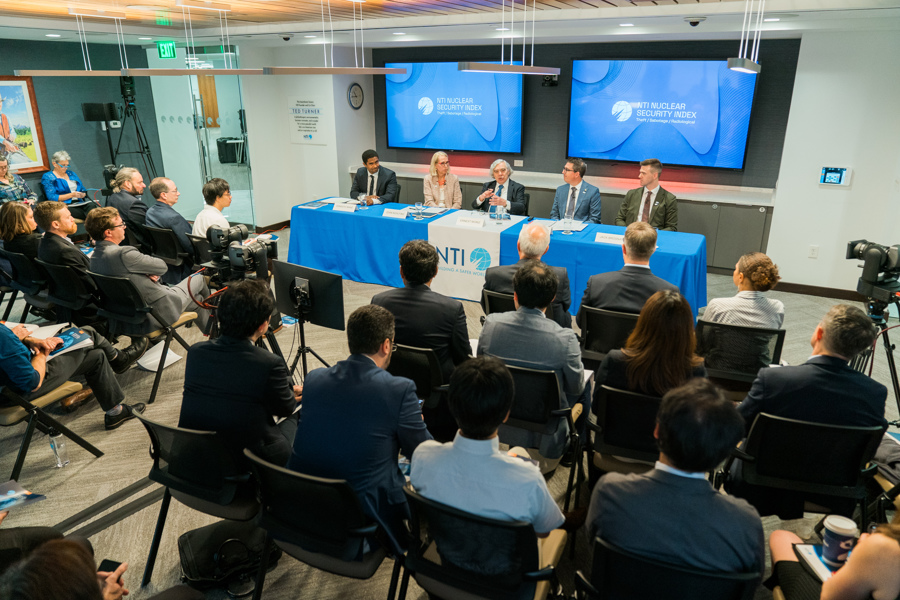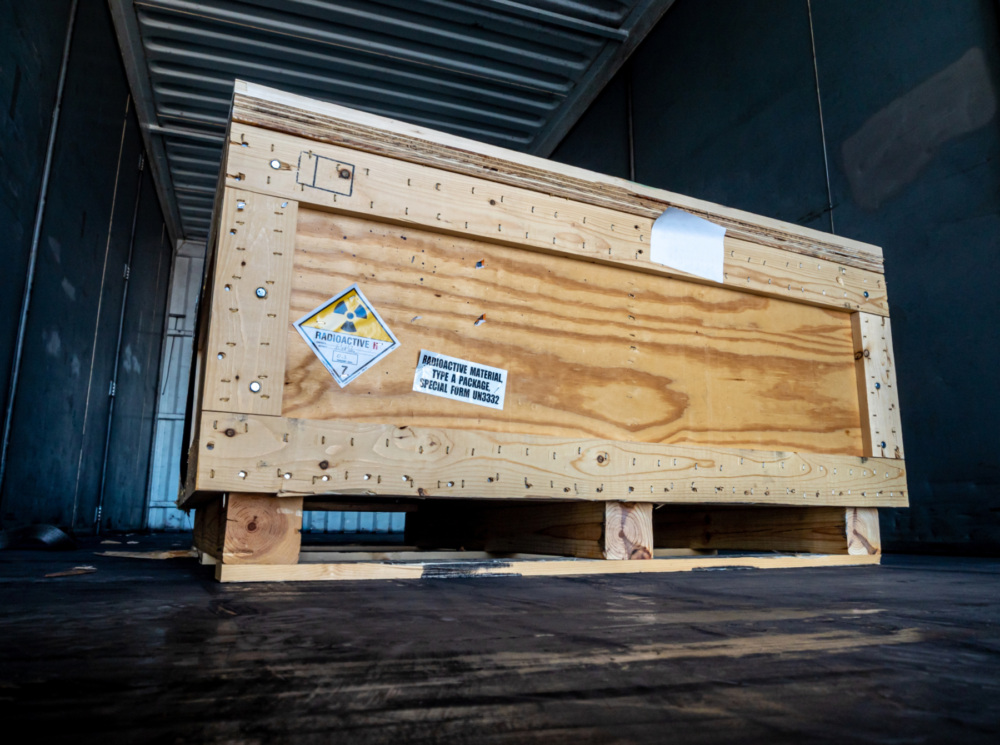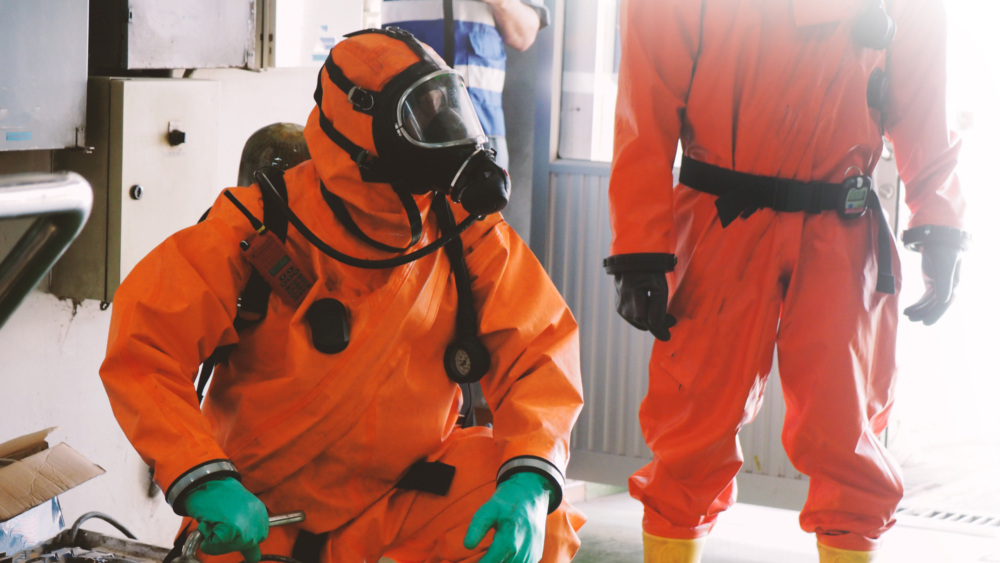NEW YORK –
Today, the New York City Department of Health and Mental Hygiene announced a
first-of-its-kind, innovative program to replace high-activity radiological
sources with effective alternative equipment at hospitals, medical facilities
and blood banks throughout New York City. This will significantly reduce the
risk of a radiological “dirty bomb.”
The Nuclear
Threat Initiative (NTI)—in cooperation with the New York City Department of
Health and Mental Hygiene, Mount Sinai Health System and the U.S. Department
of Energy—has served as a key partner in this two-year effort.
“This is an
unprecedented, citywide approach to reducing the risk of a radiological dirty
bomb,” said former Senator Sam Nunn, NTI’s co-chairman, who participated in the
announcement event. “The New York City Department of Health and Mount Sinai Health System are real innovators and should serve as models for other major
cities and medical facilities throughout the United States. We are delighted to
partner with them.”
About the Threat
The ingredients
for a radiological “dirty bomb”—the very same isotopes that can make
life-saving blood transfusions and cancer treatments possible—are located at
thousands of sites in more than 150 countries, many of them poorly secured and
vulnerable to theft. As a result, experts believe that the probability of a
terrorist detonating a dirty bomb is much higher than that of an improvised
nuclear weapon.
The
vulnerability of these radiological sources, particularly those used in blood
irradiators in hospitals and other open environments, has caused concern for
years—but today the risk is growing. Radical terrorist organizations such as
the Islamic State have said they are looking to acquire and use radioactive
material in a dirty bomb. In 2016, Belgian investigators discovered terrorists
monitoring an employee at a highly enriched uranium reactor that also produces
medical isotopes for a large part of Europe.
Over the past several years,
technological advances have made it possible to replace radiological sources
with effective alternative x-ray equipment, and, in 2012, the U.S. Food and
Drug Administration approved the use of non-radioactive x-ray equipment for
sterilizing blood.
For more specifics about the announcement, see the New York Department of Health and Mental Hygiene press release.
About the Nuclear
Threat Initiative
The Nuclear
Threat Initiative works to protect our lives, environment, and quality of life
now and for future generations. We work to prevent catastrophic attacks with weapons
of mass destruction and disruption (WMDD)—nuclear, biological, radiological,
chemical, and cyber. Founded in 2001 by former U.S. Senator Sam Nunn and
philanthropist Ted Turner, who continue to serve as co-chairmen, NTI is guided
by a prestigious, international board of directors. Ernest J. Moniz serves as
chief executive officer and co-chairman; Des Browne is vice chairman; and Joan
Rohlfing serves as president.
NTI works both
domestically and internationally with government and industry on strategies to
secure and eliminate dangerous radiological materials. NTI’s initiative to replace blood and
research irradiators is one element of our program to reduce radiological
risks.
For more information,
visit “Preventing a Dirty Bomb.”
###





